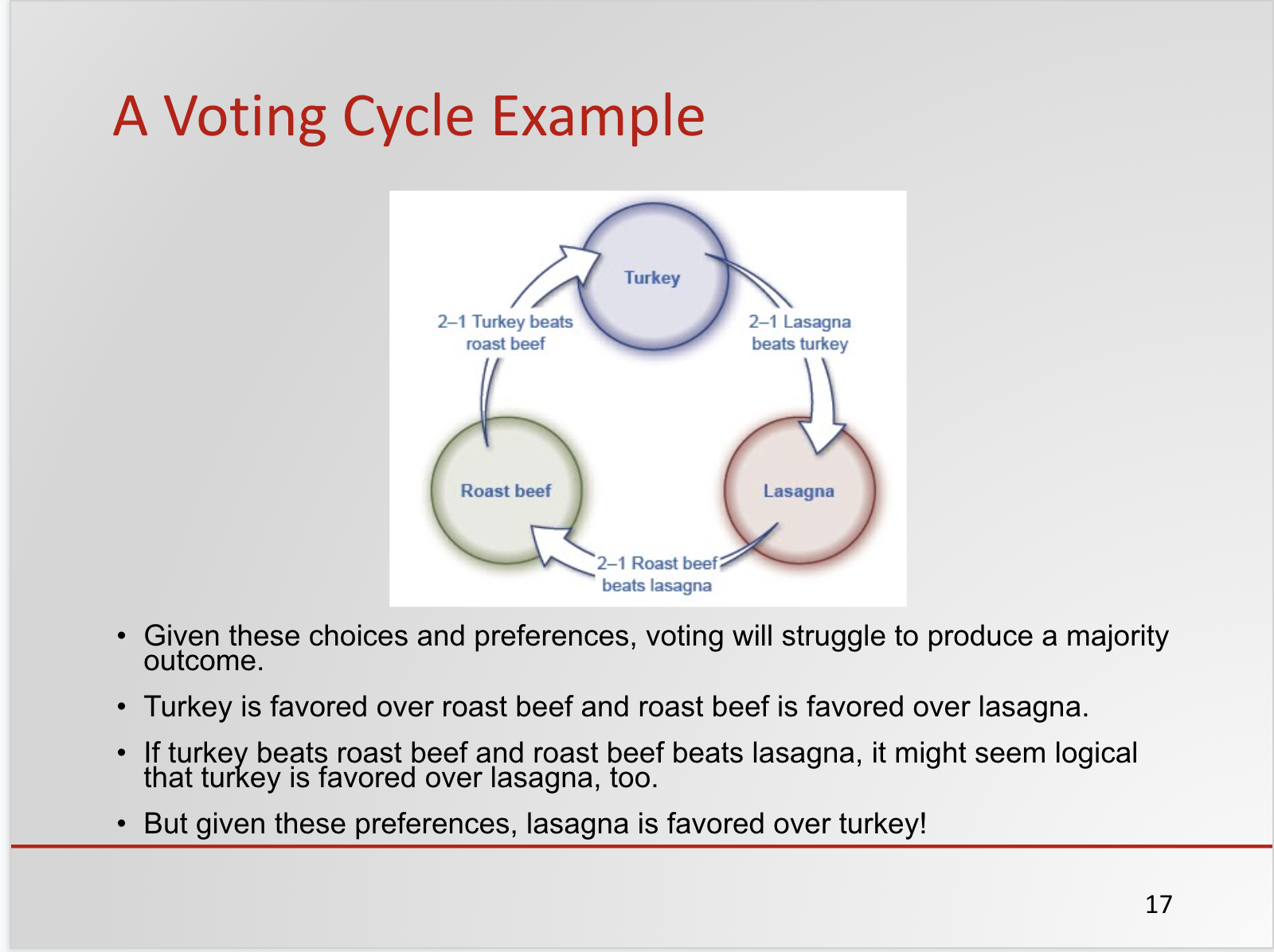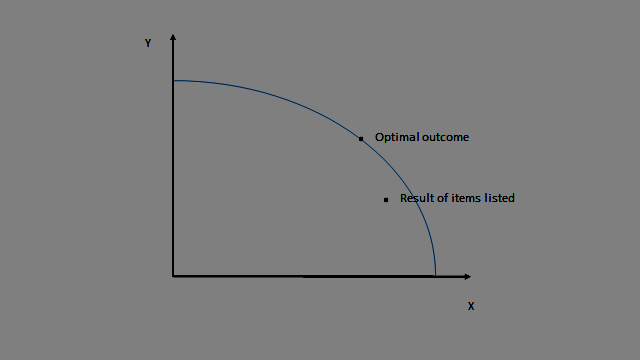Public Finance and Public Choice
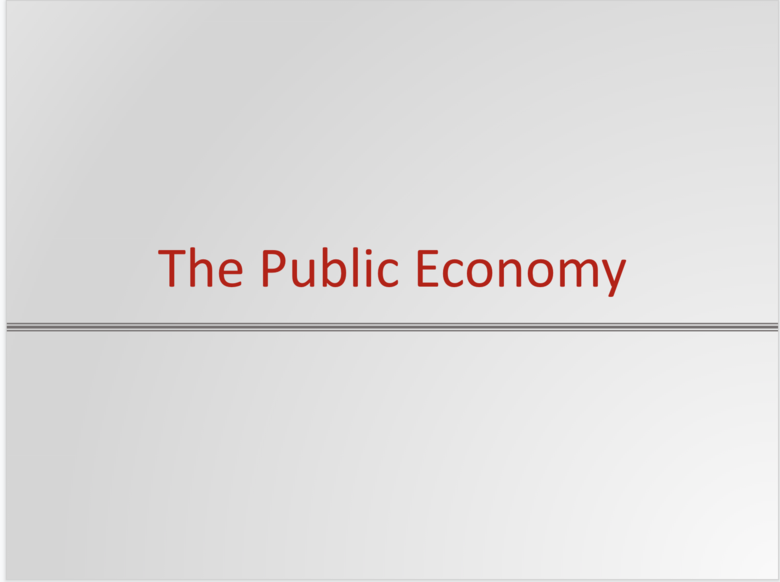
Overview
An analysis of how the private and public sectors interact, the role of taxes and how the decisions regarding their disposition are made, as well as the role of special interests and voting procedures.
Learning Objectives
- Define public choice and public interest (3,5,16)
- Discuss and compare the principles of taxation (3,5,16)
- Define progressive, proportional and regressive taxes and their implications (3,5,16)
- Identify and discuss the types of taxes (3,5,16)
- Discuss tax incidence and efficiency loss (3,5,16)
NOTE: This Module meets Ohio TAG's 3, 5, and 16 for an Intro to Microeconomics Course OSS004
Recommended Textbook Resources
Principles of Microeconomics 2e: Public Economy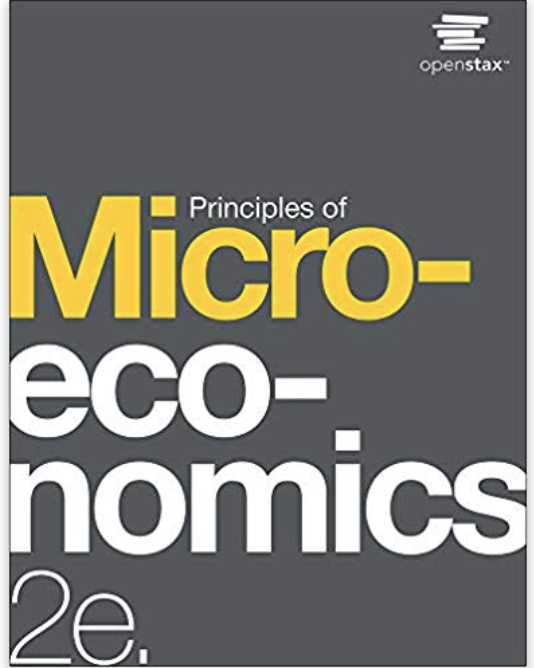
Full Citation: Greenlaw, S. and Shapiro et al. “Welcome to Economics!” Principles of Microeconomics 2e. OpenStax CNX. June 4, 2018.
Supplemental Content/Alternative Resources
Principles of Economics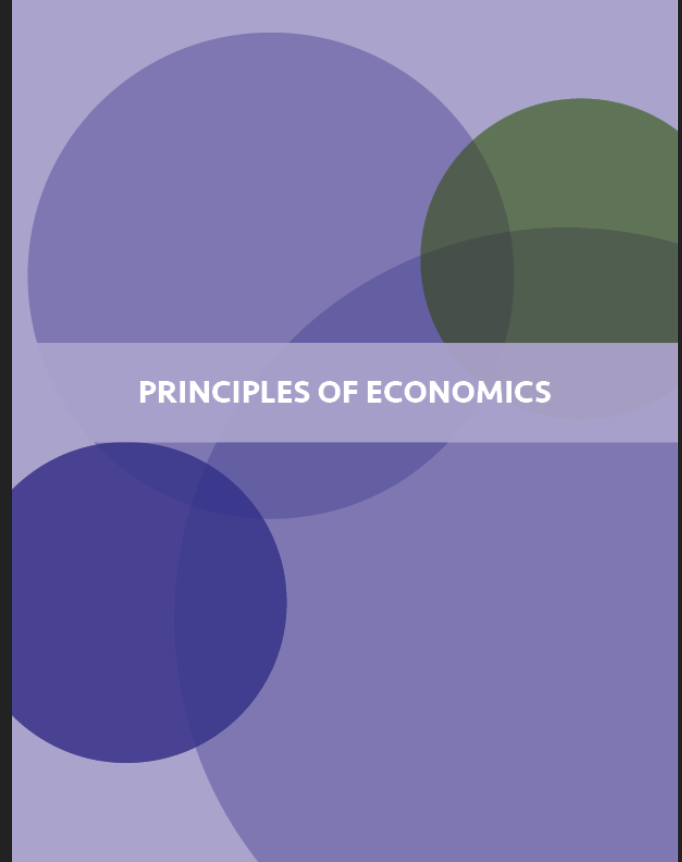
Public Finance and Public Choice: Sections 15.1 and 15.3
These two sections provide another take on the role of government in the economy and on the concept of public choice. Instructors may find them a useful supplement to the material in the recommended text.
Full Citation: University of Minnesota Libraries, Minneapolis, MN. Principles of Economics, Publishing Ed. 2016. University of Minnesota, CCA, 2016.
Active Learning Exercise
| Game: #15 | |
| Course: | Micro |
| Level: | Principles and public finance |
| Subject(s): | Voting paradox/medium voter/cyclical majority |
| Objective: | Time-effective games to illustrate the voting paradox |
| Reference and contact: | Sulock, Joseph M. "The Free Rider and Voting Paradox 'Games'." Journal of Economic Education, 21(1), Winter 1990, pp. 65-69, or contact Dr. Joseph M. Sulock; Department of Economics; University of North Carolina; Asheville, NC; jsulock@unca.edu |
| Abstract: | First game: Students are asked to preference rank three recently covered topics (say, the social security system, corporate income tax, and food stamp program) from high (A) to low (C).Second game: students are asked to preference rank the number of exams they'd like to have in the class, either 3, 4, or 5.In either game the vote is secret, ballots are collected and tabulated in class. Under majority-rule with two rounds of voting, one can now play through the options for game one: A against B; B against C; and A against C. In twelve times of playing, two classes actually produced a cyclical majority effect! In the other cases, the order of voting determines the outcome.For game two, the classes have generated rankings of 3-4-5, 5-4-3, and 4-5-3, but never 5-3-4 and 3-5-4, situations in which both extremes (i.e., 3 and 5) are preferred to the middle option (i.e., 4).Playing both games can be instructive because the 'exams' vote deals with cardinal extremes, whereas the 'topics' vote doesn't (it is unreasonable to say that, e.g., the food stamp topic is an 'extreme' preference). |
| Class size: | Small |
| Time: | 15 to 20 minutes |
| Variations: | None indicated |
| See also: | Public goods games |
Questions and Problems
The Principles of Public Finance and Public Choice
Questions and Problems
Questions:
- Three roommates are considering different colors to paint the common room in their house (they have the landlord’s permission). Maxine ranks the options in this order: blue, yellow, and peach. Laverne ranks them in this order: yellow, peach, and blue. Patti ranks them peach, blue, yellow.
- Discuss how voting may not led to a conclusive choice.
- Distinguish between the rationally ignorant voter and the median voter, and what implications those two types have for society.
- Suppose five people live on a street in a city. The town is considering hiring a firm to sweep the street. The marginal benefits of each person for each sweeping per month is shown in the table.
| Willingness to pay | |||||
| Quantity | Leonard | Arthur | Julius | Milton | Herbert |
| 1 | $ 20 | $ 10 | $ 15 | $ 10 | $ 12 |
| 2 | $ 18 | $ 9 | $ 12 | $ 8 | $ 8 |
| 3 | $ 16 | $ 8 | $ 9 | $ 6 | $ 4 |
| 4 | $ 14 | $ 7 | $ 6 | $ 4 | $ - |
| 5 | $ 12 | $ 6 | $ 3 | $ 2 | $ - |
If each round of street sweeping costs $40, what is the socially optimal number of sweepings per month?
ANS: 3
The marginal social benefit of the third plowing is $43, the marginal social benefit of the fourth is $31.
| Willingness to pay | ||||||
| Quantity | Leonard | Arthur | Julius | Milton | Herbert | MSB |
| 1 | $ 20 | $ 10 | $ 15 | $ 10 | $ 12 | $ 67 |
| 2 | $ 18 | $ 9 | $ 12 | $ 8 | $ 8 | $ 55 |
| 3 | $ 16 | $ 8 | $ 9 | $ 6 | $ 4 | $ 43 |
| 4 | $ 14 | $ 7 | $ 6 | $ 4 | $ - | $ 31 |
| 5 | $ 12 | $ 6 | $ 3 | $ 2 | $ - | $ 23 |
4. Match each situation or behavior with the phenomenon it exhibits.
| The number of workers producing ball-bearings is very small, but they have an effective union which lobbies Congress to raise tariffs on imported ball-bearings. | |
| Pat lives in a city of 5,000,000 people and doesn’t pay much attention to politics, concluding one vote won’t matter much. | |
| Senator Cynic is a committee chairperson with great power. Only bills which contain things benefitting his state pass out of his committee. | |
| Senator Cynic, from a midwestern state, agrees to vote for a bill funding repairs of roads and bridges in Senator Structure’s western state if she agrees to vote for an agricultural support bill which will benefit farmers in his state. | |
| When taking position on issues, Senator Cynic always checks the latest opinion polls. |
-
- special interest groups
- rational ignorance
- logrolling
- pork-barrel spending
- median voter theory
- Suzy Smokestack owns the main employer in her city, a manufacturing plant. Gary Granola is trying to convince the local legislature to pass an ordinance requiring the plant to install air-pollution mitigation devices. He estimates that, if the air quality improves, each of the town’s 15,000 inhabitants will get benefits, in the form of reduced health problems, equal to $100. The cost of the devices would be $500,000 dollars. Suzy opposes the ordinance. Who do you think will prevail?
- Use the production possibilities frontier to illustrate the potential impact of special interest groups, logrolling, and pork-barrel spending on economic outcomes.
ANS: (Answers will vary.)
Since all of the influences mentioned will cause a misallocation of resources, the economy will wind up with a suboptimal combination of goods and services. There will also be inefficiencies, especially if some of the special interests are firms with substantial market power, so the economy will wind up inside its PPF.
PowerPoint Slides
